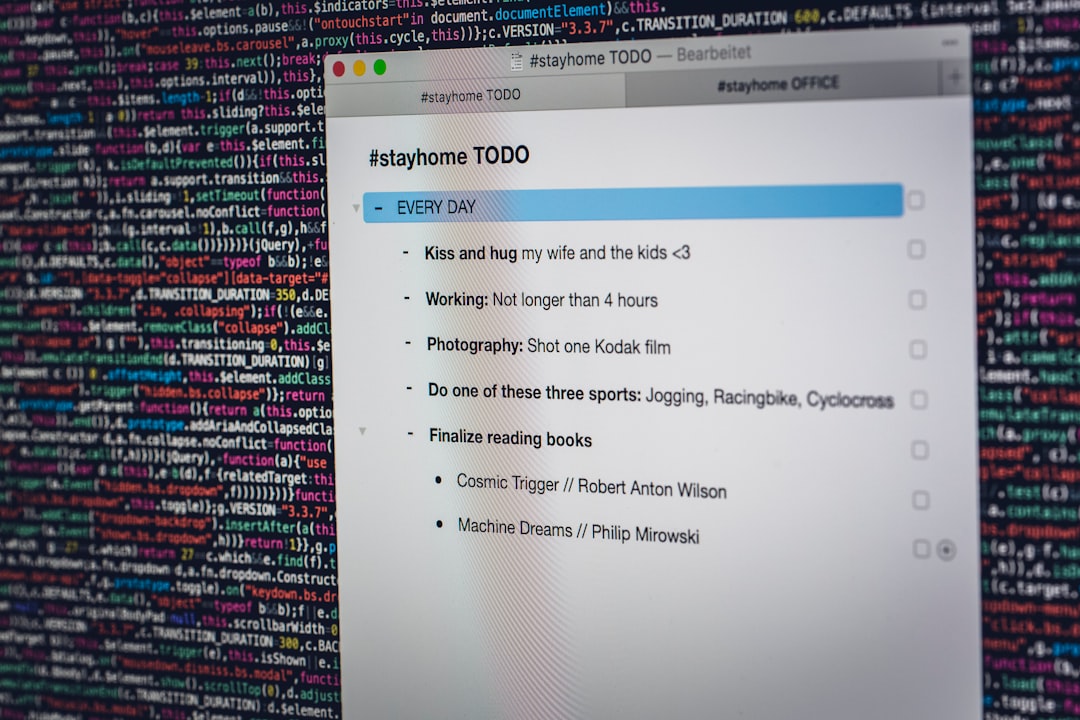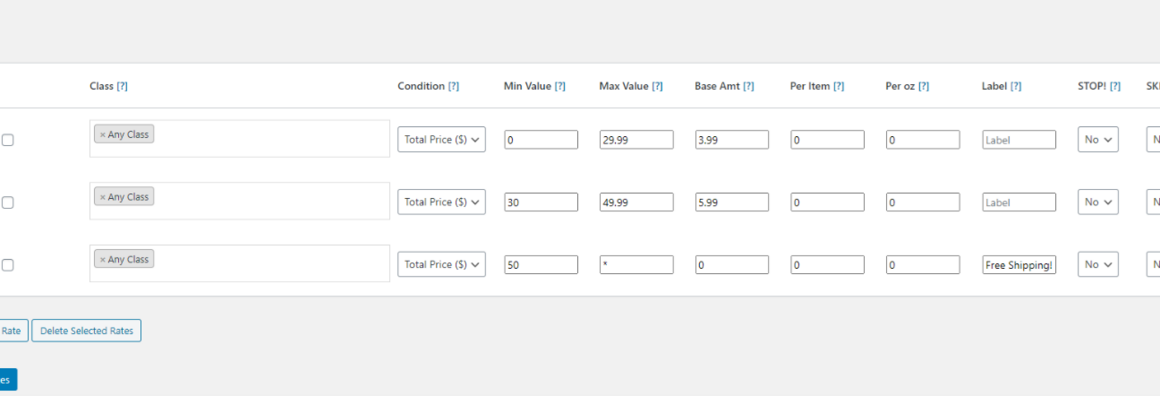If you’ve ever encountered a “400 Bad Request: Header or Cookie Too Large” error while trying to access a website using Nginx, you’re not alone. This particular error is somewhat common and can be confusing for both developers and end-users. It points to an issue where the server is rejecting requests because the size of the headers — typically inflated by cookies — exceeds what it can handle. But don’t worry; fixing this issue is manageable once you know what’s happening behind the scenes.
TL;DR
The “400 Bad Request: Header or Cookie Too Large” error in Nginx usually occurs when a user’s browser sends headers that are too large, often due to oversized cookies. This can often be fixed by increasing Nginx’s buffer size directives, clearing unnecessary cookies, or using domain restructuring techniques. After making changes to Nginx, don’t forget to reload or restart the server to apply the updated settings. Understanding and managing cookie sizes thoughtfully can prevent this issue from recurring.
What Causes the Error?
Nginx imposes default limits on certain types of client request data like headers, cookies, and the size of individual header fields. If the incoming request has values that exceed these limits, Nginx will respond with the infamous “400 Bad Request: Header or Cookie Too Large” error.
Here are the most common culprits behind the error:
- Large Cookies: Often, analytics or tracking cookies accumulate over time, especially if subdomains are in use.
- Excessive Headers: Applications involving SSO (Single Sign-On) or complex authentication methods may send multiple large headers.
- Long URLs: URL-encoded sessions or parameters can bloat the request size.

How to Fix the Error
To address and resolve this issue, there are a few changes you can implement on both the server and client side. Below is a breakdown of tested approaches:
1. Increase Buffer and Header Size Settings in Nginx
The most straightforward fix is to tell Nginx to accept larger headers by modifying its configuration file. You can find Nginx’s configuration usually at /etc/nginx/nginx.conf or in one of its included files.
Add or modify the following directives inside the http block:
http {
...
large_client_header_buffers 4 16k;
client_header_buffer_size 8k;
...
}
- large_client_header_buffers: This sets the number and size of buffers used to read large headers. Format:
number size. - client_header_buffer_size: This defines the size of the buffer for reading headers from the client request.
After editing your configuration file, test and reload Nginx:
sudo nginx -t
sudo systemctl reload nginx
2. Clear or Reduce Cookies
If the request is being blocked due to gigantic cookies, reducing or deleting cookies from your browser can immediately solve the problem — especially for development or staging environments where test cookies accumulate.
To clear cookies:
- Chrome: Open DevTools (F12) → Application tab → Cookies → Right-click and Clear All
- Firefox: Right-click page → Inspect → Storage → Cookies → Delete selected
From a developer standpoint, avoid storing unnecessary data in cookies and set skeptical expiration limits.
3. Scope Your Cookies to Subdomains
Another elegant strategy is scoping cookies more narrowly. For example, instead of setting cookies for .example.com (which propagates to all subdomains), set them for the exact subdomain that needs it, like app.example.com.
This will reduce cookie “pollution” across multiple subdomains and prevent aggregate header size inflation.
4. Use Server-side Sessions
Client-side session storage using cookies can backfire due to size limits. A better approach is to store session data on the server and reference the session via a smaller cookie (like a session ID). This keeps your header footprint slim.
Popular frameworks like Django, Rails, and Express.js support server-side sessions either natively or via plugins.
Additional Tips and Considerations
Log Insight Can Help
Don’t fly blind. Check Nginx logs for detailed reasons why requests are being dropped:
tail -f /var/log/nginx/error.log
Look for lines like:
client sent too large request header

Configure Browser-Friendly Error Pages
Although more of a UX suggestion, configuring a custom error page may help users understand what they’ve encountered. This is especially helpful if the issue stems from their saved cookies and they need to take action.
error_page 400 /custom_400.html;
location = /custom_400.html {
root /usr/share/nginx/html;
internal;
}
Think About Limits
Even though you can increase buffer sizes, it’s important not to go overboard. Increasing buffer sizes too much can have security or memory implications, particularly under high traffic, as each buffer uses server memory. Balance is key.
Summary Checklist
Here is a quick step-by-step checklist to fix the issue:
- Check your Nginx error logs for clues.
- Clear excess browser cookies or advise users to.
- Increase
large_client_header_buffersandclient_header_buffer_sizein Nginx config. - Reduce the size or scope of cookies used by your application.
- Transition to server-side sessions if possible.
- Reload Nginx and monitor your changes.
Conclusion
The “400 Bad Request: Header or Cookie Too Large” error can seem intimidating at first, but with a bit of tuning and good application practices, it’s usually easy to resolve and even easier to prevent in the future. Understanding how requests are structured and how your web server interprets those requests is key to maintaining a healthy and efficient deployment.
Whenever you’re making changes to fundamental server configurations like these, be sure to backup your original config files and monitor logs closely for any unexpected behavior. A little attention to detail goes a long way in keeping that 400 error at bay!



